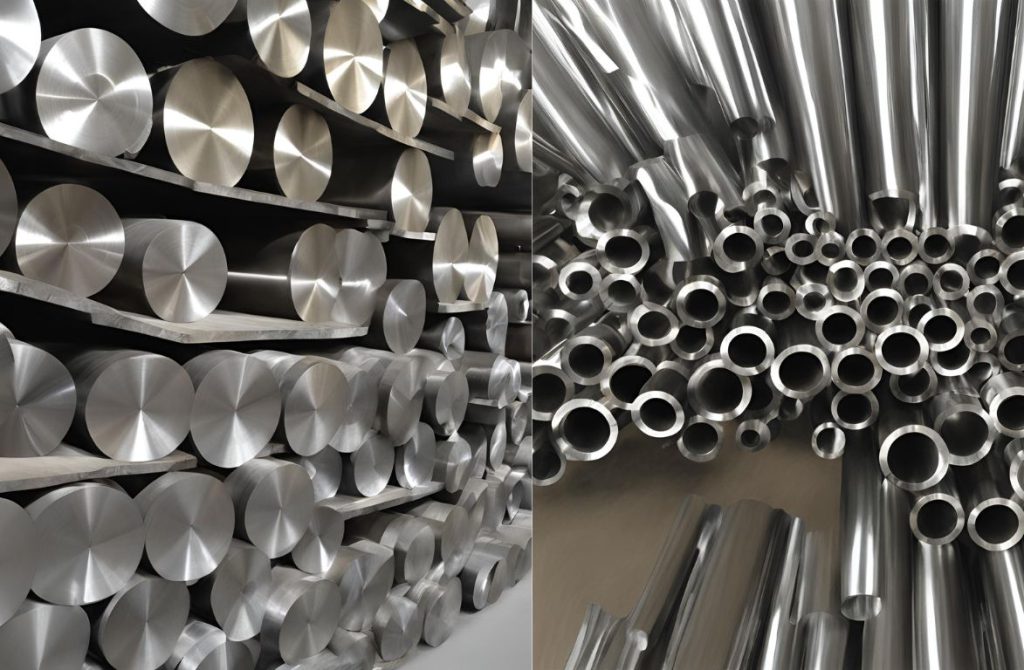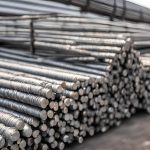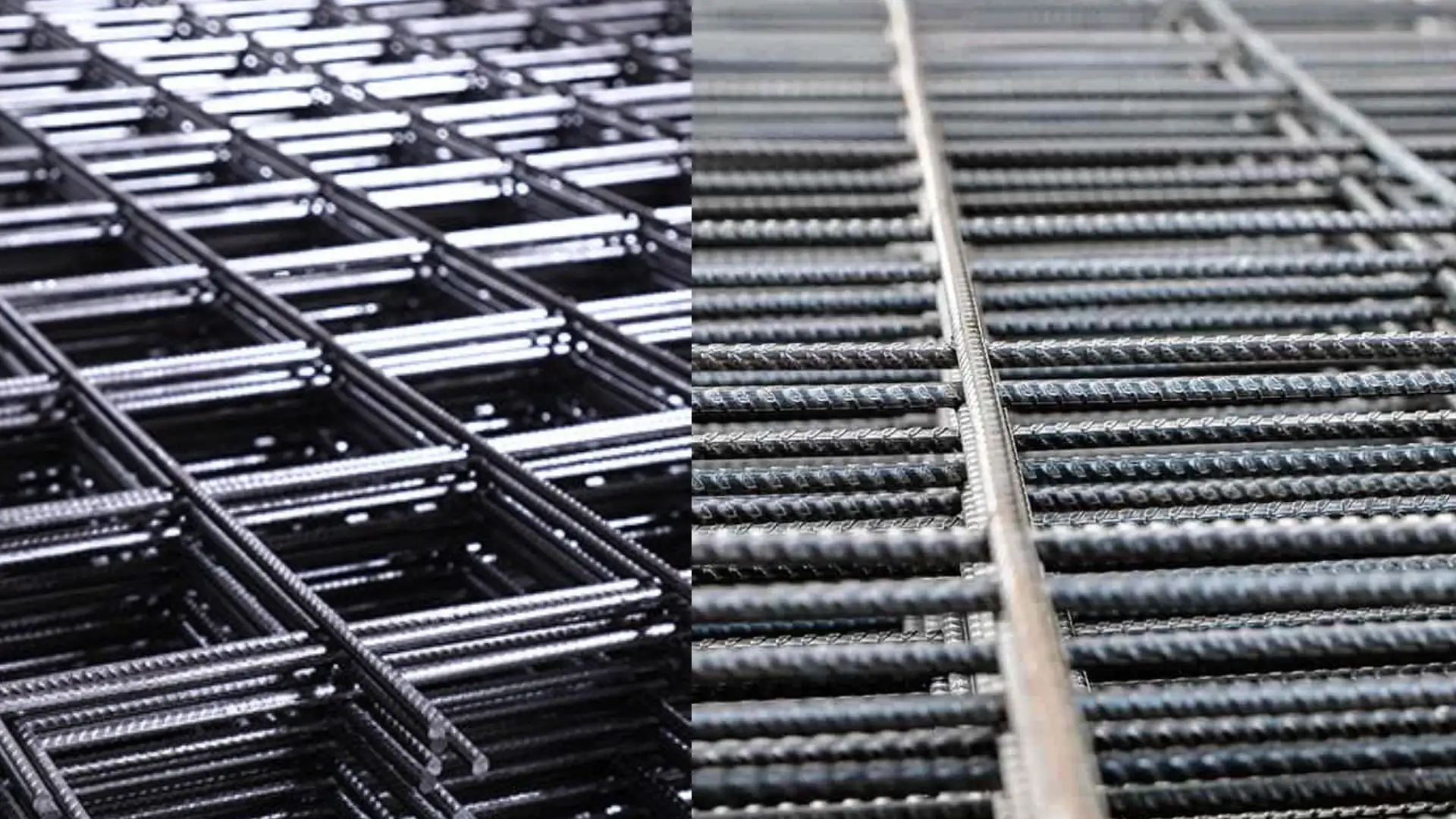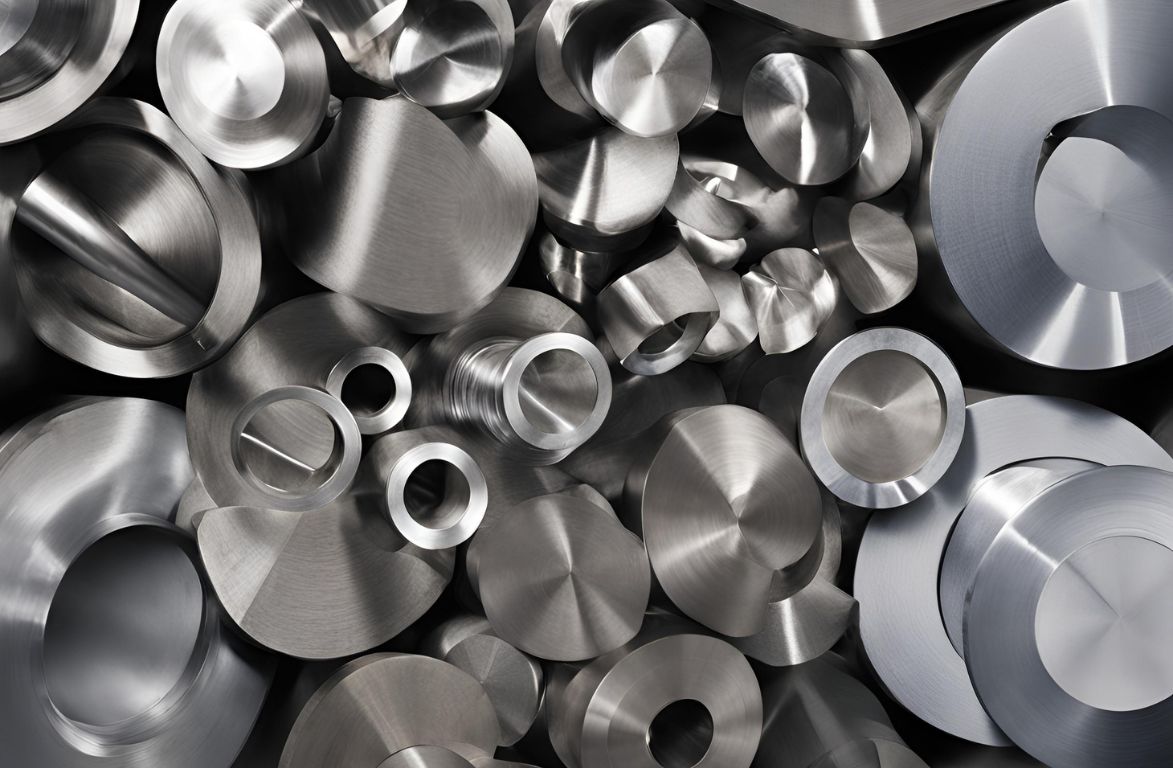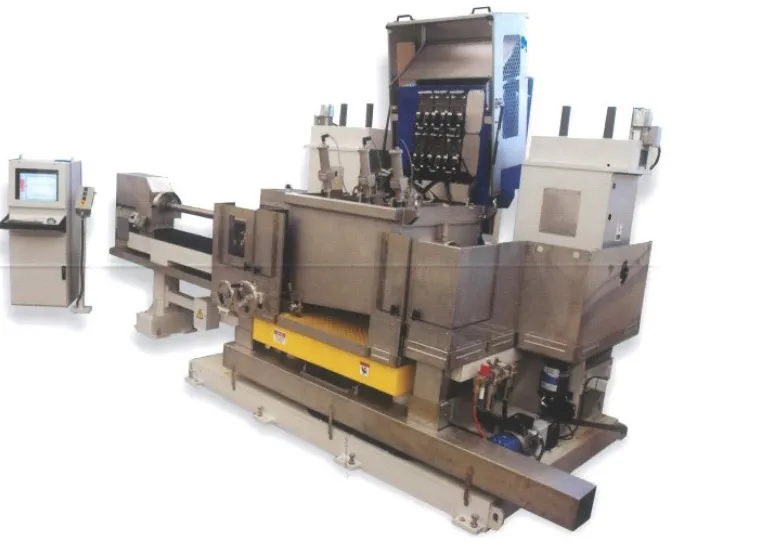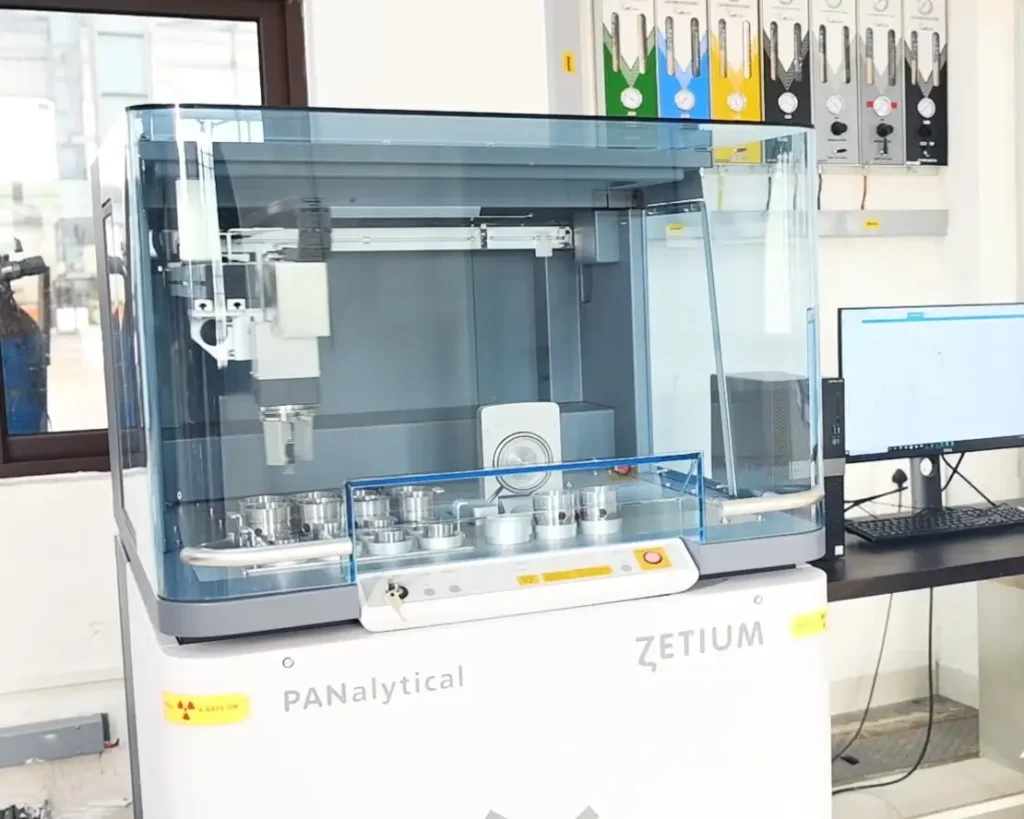One of the most dominant iron alloys in the world is steel. The reasons for its dominance are its strength, affordability, and ease of production. Over the course of time steel has replaced other iron alloys but it has not stopped there. Steel is still evolving along with new technologies and necessities. Scientists are discovering new concepts and new ways to make steel better, lighter, and stronger. They are trying to achieve a steel with these qualities by alloying steel with Titanium, a metal mostly used in the aerospace industry. The reason for all this effort is that normal steel is heavy. It is not useful for the construction of aircrafts and while it has been used to make automobiles for a long time, the large mass of steel has its effects on the fuel efficiency. On the other hand, there are various light-weight alloys available which have metals like aluminum and Titanium in large quantities raising their costs, hence making them economically unfeasible to make mass consumer goods.
Few years ago, material scientists at Pohang University of Science and Technology in South Korea invented a new type of light-weight, flexible, and ultra-strong titanium steel. This new alloy has a strength to weight ratio comparable to other hardest tempered Titanium alloys and at the same time, its cost plunges to one-tenth of those hardest tempered Titanium alloys, because it has significantly less amount of Titanium. This new alloy can be used in a variety of industries like aerospace, automobile, construction, etc.
Development of this kind of new material, which is tough, flexible, and cheap was really necessary for most of the hardware industries but the task of development was not that easy. In order to develop this material, the researchers at Pohang University of Science and Technology had to deal with a problem that had baffled material scientists for decades. In the 1970s, Soviet researchers had discovered that adding aluminum to steel, when making steel, makes the latter an incredibly lightweight and strong metal. But this new steel-aluminum alloy was very brittle. So, when the scientists would apply lots of pressure on this new alloy, it would break after a certain amount of pressure without bending. This brittleness occurs when aluminum and steel are alloyed together then many atoms in the two elements would fuse together and form a tough and crystalline structure that would break after a certain amount of pressure.The basic solution to the problem of brittle behavior can be solved if somehow, the crystalline structure, formed while alloying, doesn’t break by the application of a large amount of force. There are various trial and error methods used by researchers to overcome this problem. The methods include heat-treating and then thin rolling the aluminum steel to control when and where the crystals are forming. The team of few researchers also discovered that adding a small amount of nickel while making the alloy offered even more control over different properties of these crystalline structures. They also found that adding manganese to the alloy helps in reducing the brittleness, but not enough. Then, the researchers of the South Korean University claimed that adding Titanium to the original aluminum-steel alloy at high temperatures averts the formation of crystalline structures altogether. This breakthrough helped in making an alloy which would bend rather than break after an enormous amount of pressure is applied on top of it, thus solving the problem of the brittleness once and for all. The new found titanium super steel is also 13% less dense than normal steel, making it lighter and thus bestowing it with a higher strength to weight ratio than that of steel.But the red carpet walk of the new titanium steel doesn’t begin here. Before this new titanium steel can be mass produced, researchers have to solve a production level issue: most of the steelmakers use a silicate layer to cover and protect steel from oxidation. But the same silicate cannot be used in the mass production of titanium steel because silicate reacts with aluminum at lower temperatures. In future, if the researchers are able to solve this issue, we will certainly have this new titanium super steel all around us.

